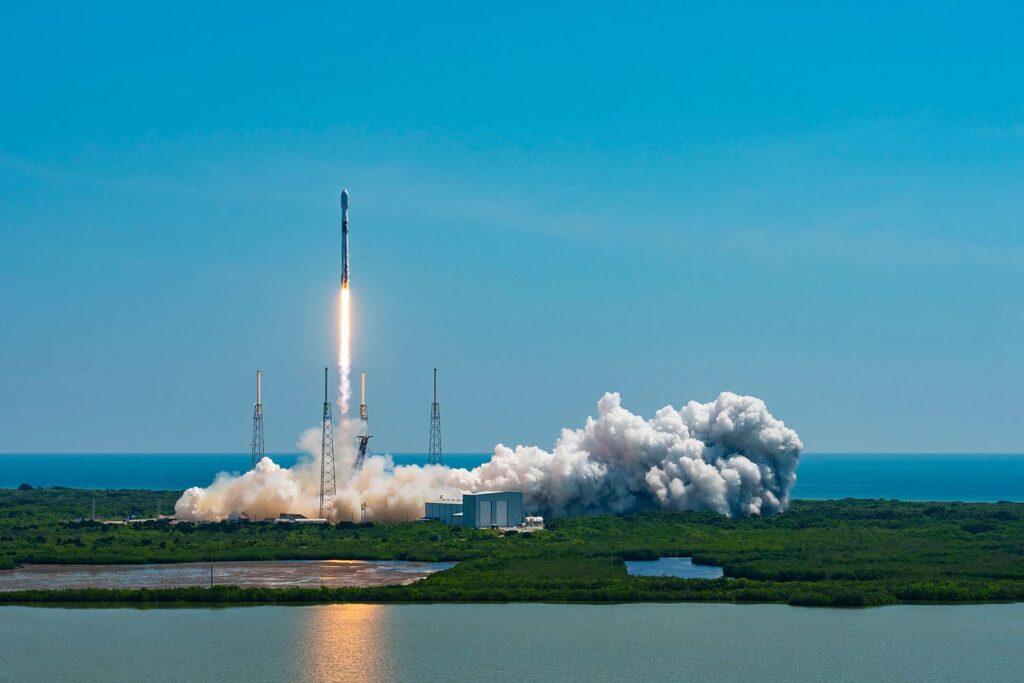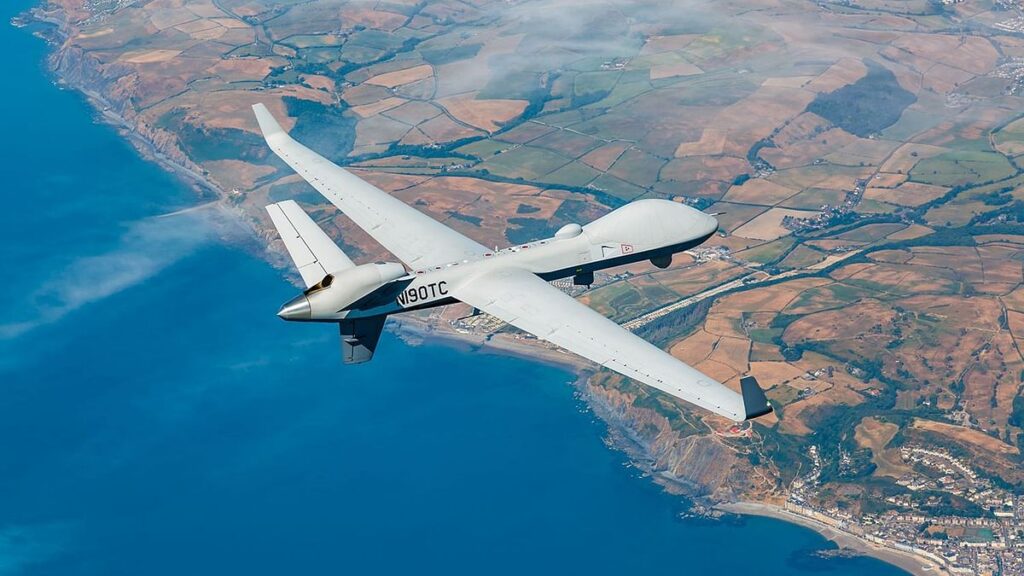At the Kennedy Space Center Visitor Complex, spectators screamed and applauded as the SpaceX rocket lifted Euclid into the air. The first stage successfully landed on a drone ship stationed nearby in the Atlantic Ocean eight minutes later.
In a live broadcast shortly after liftoff, ESA Director-General Josef Aschbacher said, “We have a mission. I am really glad and joyful about this mission right now since I know it is headed to Lagrange Point 2.”
About 41 minutes after launch, the sun-Earth Lagrange point 2—which is roughly 1 million miles (1.5 million km) from our planet on the other side of the sun—and the Euclid space observatory, which is intended to look for invisible dark matter and dark energy—separated from its rocket. Euclid’s destination is one of several Lagrange points, which are reasonably stable orbits where spacecraft consume the least amount of fuel. The NASA James Webb Space Telescope, for instance, also orbits at L2.

The majority of the cosmos is thought to be made up of dark matter and dark energy, which are invisible to light’s wavelengths. Instead, by seeing how other objects are affected, we can monitor the dark cosmos.
In order to map the impacts of time on our cosmos, cosmologists—scientists who study the history of space—seek to comprehend how the dark universe behaves. Galaxies colliding, the cosmos expanding, and individual stars moving are all affected by the forces of dark energy and dark matter.
Over a third of the “extragalactic” sky will be mapped by Euclid, which will direct its telescopic eye to places outside of the Milky Way, our own galaxy. The deep space explorer will map billions of objects over the course of its six-year mission, including galaxies and stars. Scientists will be able to collect the data because of Euclid’s two sensors, which are focused on visible and infrared (heat-seeking) light wavelengths, respectively.
The extensive survey expedition will reveal the motions and chemical compositions of these far-off objects. Given that the spaceship will be far from Earth’s interfering atmosphere and stray light, Euclid’s keen eyes will enable photos that are at least four times as clear as what telescopes achieve from the ground.
Even though the Euclid project has been 15 years in the making, according to Carole Mundell, head of science at ESA, signal collection after a flawless launch and spacecraft separation still has her holding her breath.
“We shall solve the riddles of the dark cosmos over the mission’s remaining six years,” according to Mundell. So, it’s an enormous honor to be here. Tonight, I predict there will be some partying.

The Euclid, which will cost 1.4 billion euros ($1.5 billion USD), has been in the works for almost 20 years. It was created from two mission ideas that were put out in 2007: Dune (Dark Universe Explorer) and Space (Spectroscopic All Sky Cosmic Explorer), which employed two distinct but complementary approaches to studying dark energy. Given how successfully the two missions cooperated, Euclid, a powerful observatory, was created from them.
Euclid was chosen for spaceflight by the European Space Agency’s (ESA) scientific program committee in 2011, and the program was formally accepted in 2012. More than 2,000 scientists from Europe, the United States (including NASA), Canada, and Japan are now providing both equipment and analysis to the wider Euclid consortium. The payload module and 4-foot (1.2-meter) telescope were provided by Airbus Defense and Space, while Thales Alenia Space served as the satellite’s primary contractor.
A number of ground- and space-based surveys of the cosmos came before Euclid’s work. A 2022 analysis of the team’s findings will act as a pathfinder for both Euclid and NASA’s Roman Space Telescope. Among them is the Chilean Victor M. Blanco telescope’s Dark Energy Survey, which surveyed 100 million galaxies.
Another recent example is the ESA’s still-operating Gaia spacecraft (also at Lagrange Point 2), which has tracked the motions of almost 2 billion brilliant stars since 2015. However, Gaia’s mission will complement Euclid’s deep space emphasis because it is focused on the Milky Way.

READ ALSO – India To Spend 25,000 Crore To Buy 31 US Drones
According to the Hindustan Times, India is prepared to send a letter of request (LoR) to the US government this week to begin the acquisition of 31 US drones under the foreign military sales (FMS) program.


